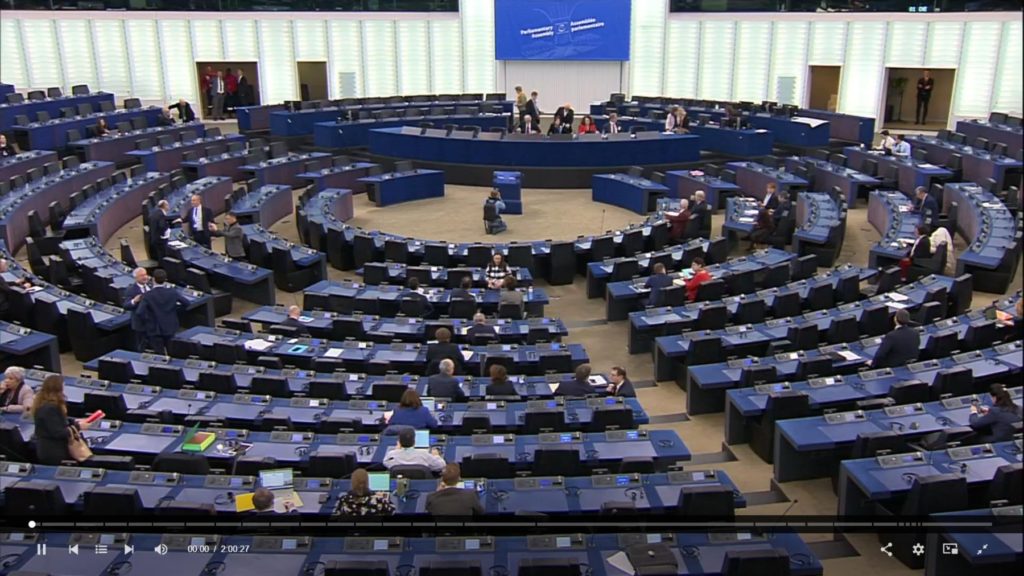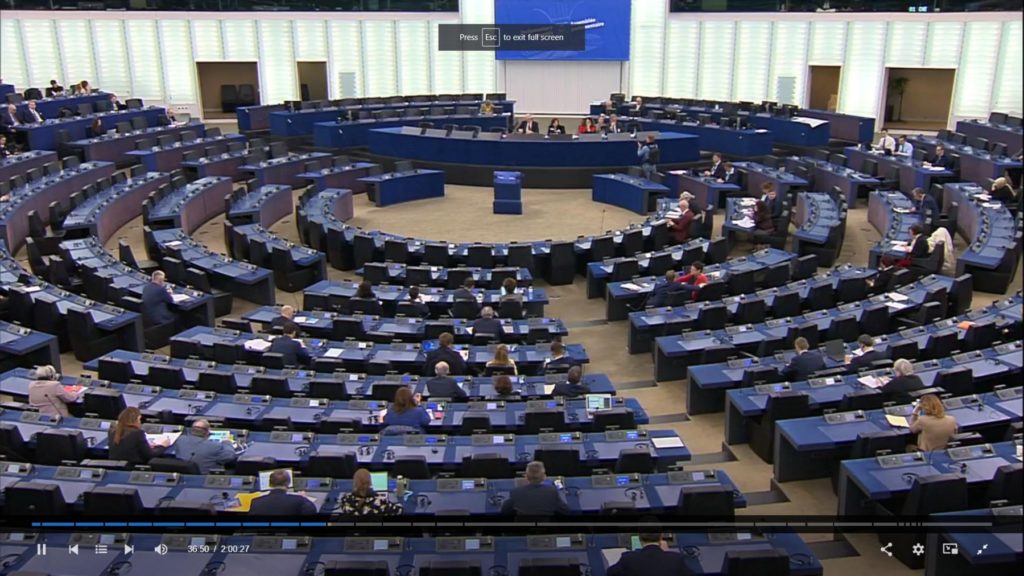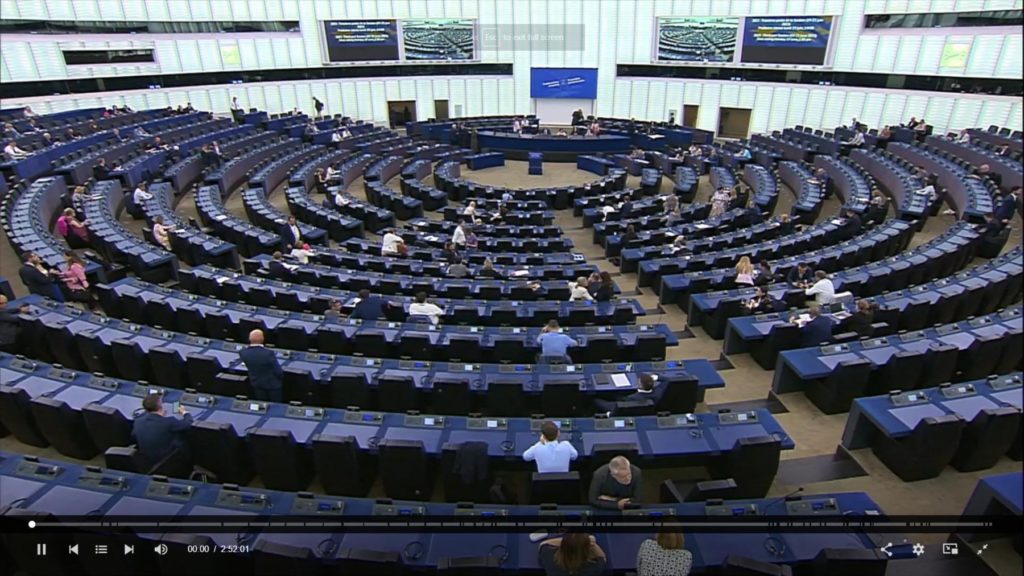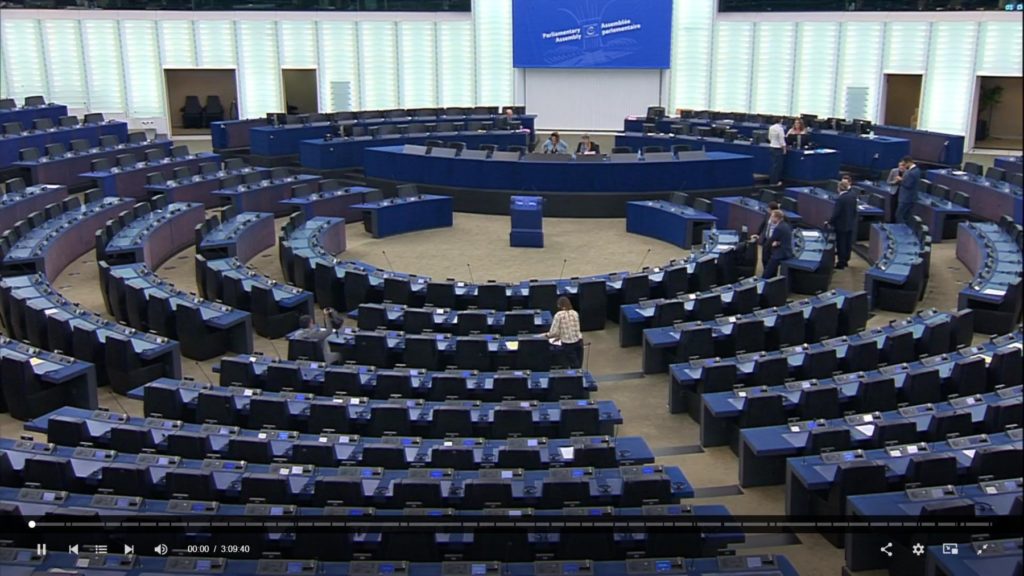Original article (in Serbian) was published on 24/01/2024; Author: Stefan Kosanović
Several pro-regime web portals simultaneously published identical articles featuring a photo that allegedly showed an empty hall before the start of a session at the Parliamentary Assembly of the Council of Europe (PACE). This session, which took place on January 22, focused on the recent parliamentary elections in Serbia. The photo was misleading; it failed to show the entire hall, where attendees were actually dispersed throughout the space, engaging casually with one another before the session began. In fact, a wider view of the hall would reveal that it was not empty, with participants standing and conversing. Additionally, a review of broadcasts from previous sessions shows that attendance levels were consistent with those observed during this session. The Council of Europe has confirmed that this session of PACE proceeded as usual, with a plenary session discussing various topics, including the December 2023 parliamentary elections in Serbia.
During the first winter session of 2024, PACE addressed the extraordinary parliamentary elections in Serbia, highlighting the irregularities noted by the European observation mission. Various European party representatives shared their assessments of the election outcomes and the processes leading to them.
This discussion prompted several Serbian pro-regime media outlets to disparage the session, suggesting it was unpopular among European parliamentarians due to a perceived lack of attendance. Novosti, for instance, published a misleading screenshot of the hall to claim that “the agenda of those who hate Serbia has failed”. This narrative was echoed in nearly identical articles by Informer and B92, as well as by Srpskiportal, which slightly expanded on the report without altering its core message.
The screenshots shared by several pro-regime web portals from a live broadcast of the recent Parliamentary Assembly of the Council of Europe (PACE) session depict a hall with many empty seats. This visual representation is misleading because it does not capture the entire space. Even if the whole hall were shown, it might still appear under-occupied. This perception arises from the structural dynamics of the assembly: the hall contains 863 seats, but there are only 306 active members of the PACE. Additionally, there are 306 alternate members who can step in for the primary representatives. This ratio of seats to members naturally leads to a hall that looks sparsely filled, a common sight at earlier sessions as well. This setup was exploited by pro-regime websites to suggest a low turnout at a session discussing potential electoral irregularities in Serbia at the end of the previous year.
Contrastingly, other images of the hall, taken from a wider perspective before the session’s commencement, depict a more populated scene, with attendees either seated or arriving.

The photo above shows a different, more complete, angle from the beginning of the afternoon session, where the Serbian elections were discussed.

The second image provides a broader view of the hall during the session.
Given the hall’s large capacity, sessions of the Council of Europe always appear to be half-empty. This can also be observed in randomly selected videos from other plenary sessions where the situation in Serbia was not discussed.

The image displayed captures the commencement of a session on June 19, 2023, a time when the Serbian elections were not the topic of discussion.

The above is another example, from the 13 October 2023 session, where Serbian elections were not discussed.
The Council of Europe has noted for Raskrikavanje that the sessions discussing the Serbian elections took place under the typical conditions of plenary meetings, with one exception: the venue. For the past year, due to construction at the Palace of Europe, these sessions have been relocated to the premises of the European Parliament.
At the Assembly session, Stefan Senah, the head of the observation mission of the Parliamentary Assembly of the Council of Europe, who observed the December elections in Serbia, delivered his report. He commended the technical execution of the elections but criticized their political fairness, highlighting several inconsistencies and irregularities. The debate attracted the interest of over 30 speakers, as reported by Euronews, though only ten were given the opportunity to address the assembly. This discussion lasted approximately one hour.



